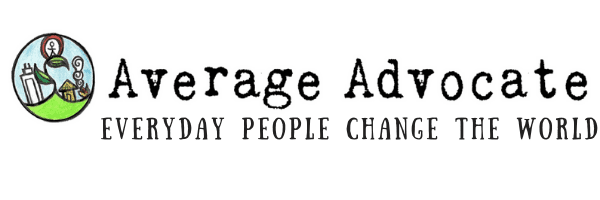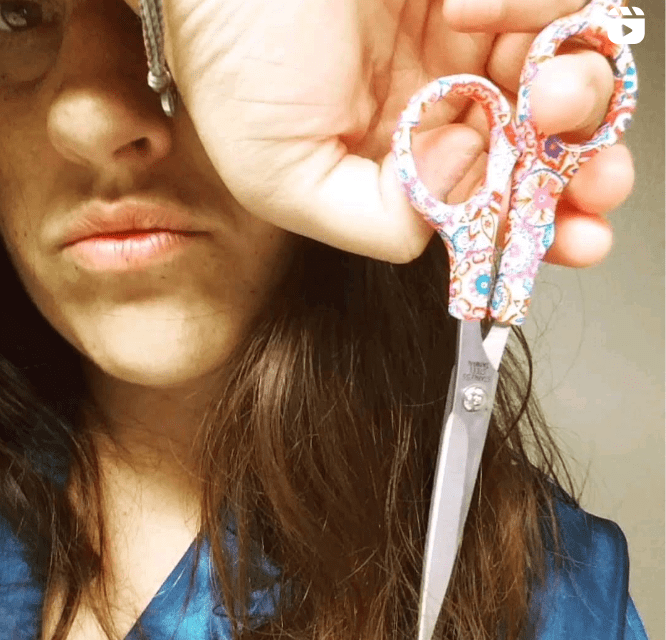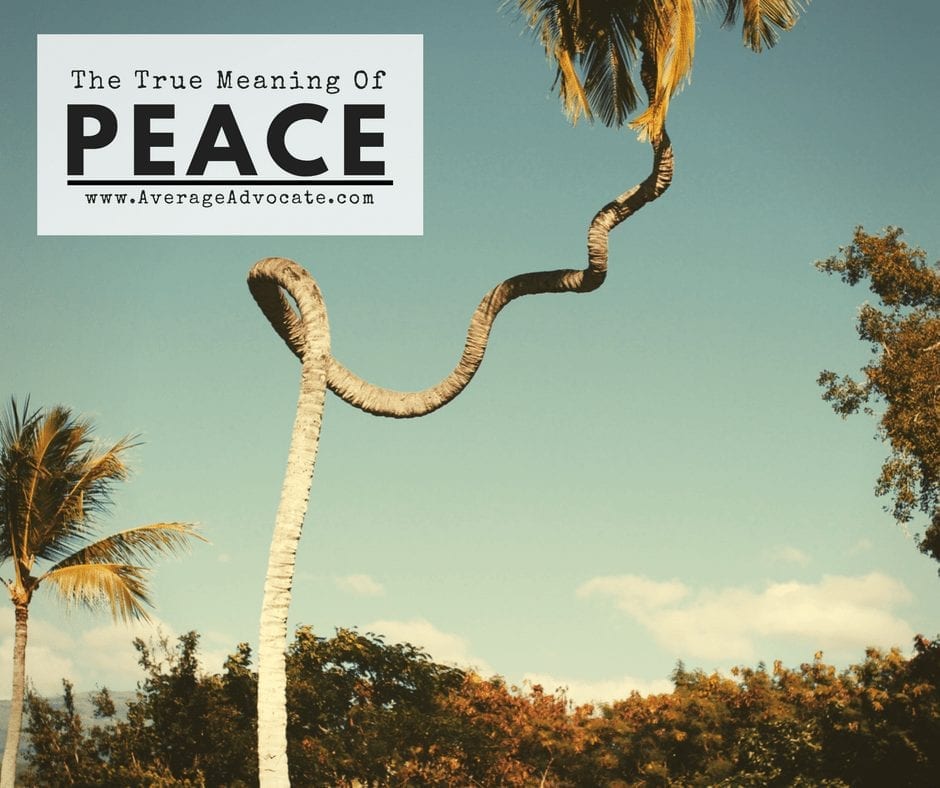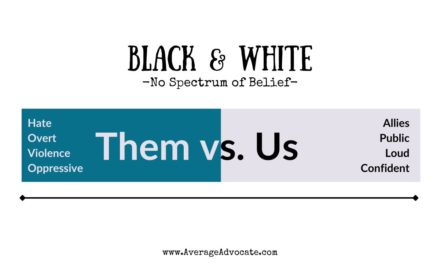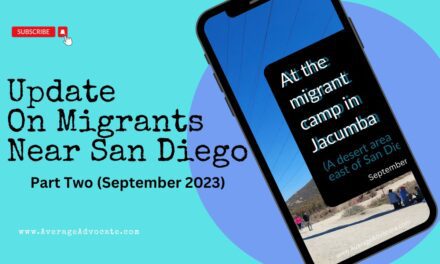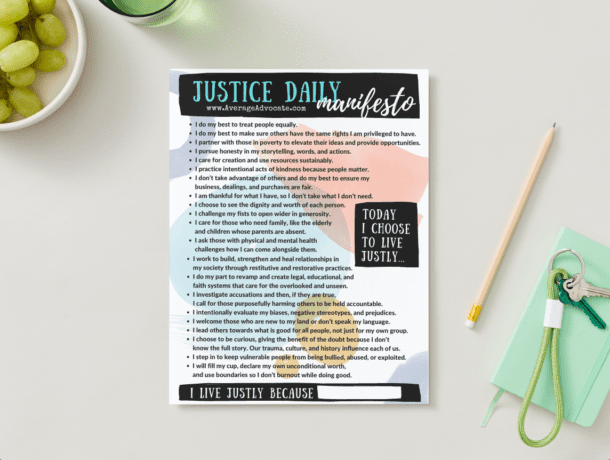It’s in the news and on social media, but what’s going on in Iran still isn’t common knowledge, let alone a social issue we feel like we need to respond to. So what is happening in Iran and why should we come alongside these people, half a globe away? Let alone specifically the Iranian women?
What’s in Iran?
Although there were calls for revolution to the extremely theistic government, similar to a dictatorship, of the Republic of Iran in 2019, those protests were shut down. However, the people have begun rising up again after a young woman (Mahsa Amini) was murdered by the Iranian government’s “morality police“. I’ve heard some say she wasn’t wearing her hijab, but best I can tell, the more accurate reports I’ve found lend me to believe that the morality police deemed her pants too tight. However, her mother swears she was modestly dressed for their trip to the big city. But when she got off the train into the capital of Tehran with some of her family, the morality police arrested her. Based off the reports of the other women arrested, she was severely beat. She ended up in a comma at the hospital brain damaged. An unbelievable report about her having a heart attack was given to her parents, and she died soon after (mid-September 2022).
People began protested as they heard the story. Soon after, two other protesting teen girls (Nika Shakarami and Sarina Esmailzadeh) missing and were beaten to death. The governement said they committed suicide when they returned the bodies. These three young women’s deaths fanned the flames of revolution. Many more protesters and people against the governement are going missing or being murdered. Iran has largely shut down access to the outside world, and has begun violently shutting down protests that began as peaceful. Nearly 200 people have been killed, at least 27 which are children. Yet the number is believed to be much higher and thousands have been injured or arrested. And yet, almost four weeks later, the protest are rising.
And uniquely, this seems to be the first revolution where women are on the frontlines. I find this bold, brave and inspiring.

Why Are Iranians Protesting?
It’s one thing to be a woman and feel like a literal van with bars is going to pick me up if I am deemed immodest that day. It is a whole other thing to realize I might be killed for these “crimes”. But it goes much further than that. Iran is infamous for human rights abuses–especially for women. This isn’t just about demanding to not be forced to wear a hijab, wanting the freedom to cut hair, and definitely not about wearing a miniskirt.
For example, in Iran, domestic abuse isn’t illegal. Husbands can beat their wives when they like, and women can’t divorce them. Then there are other things that Iranian women can’t do, such as sing, ride bikes, swim in open water, enter stadiums, travel outside Iran, or go to school or work unless a husband or guardian allows them to. There is more of course, but can you see why women aren’t too happy with this?
In addition, the economy is very poor, and as we know, people like to receive incomes. Then there are the racially-fueled attacks against Kurdish people in Northern Iran. Many businesses and professionals have been joining in with the protesters.
How Can We Come Alongside the Iranian Women?
The one thing that is being asked of the Iranians is for us to keep talking about what is happening. Often social media posts to bring awareness to a cause can help, but the result is different. For example, during Blackout Trafficking, we create awareness, helping people find freedom. Through a trickle-effect, funding the partners we work with humans are helped. But talking about this issue has a unique “floating” effect. By this I mean that the more we talk about it, keeping it in the public’s eye, the less likely the Iranian government will resort to methods of shut-down they are known for–like torture, murder, and other human rights abuses. When they think the world is watching, they are more cautious. Our social media posts and conversations over the dinner table provide a degree of accountability. Keeping the issue floating publicly helps protect protesters.
Abuse and oppression happens in the dark. Let’s keep shining a light on it.
It also encourages the people of Iran to know that others are out there and see them. We validate their experiences. Being seen empowers them to keep standing up for what is right, even when it is scary.
As I talk about here, I don’t always know what I think about revolution. I wonder, could it be done differently? However, I also know that I am called to live justly. We all admire the stories of heroes like Corrie Ten Boom or Bonhoeffer for standing up and caring for Jews and other targeted people during the Holocaust. But in this unfolding story, the Iranian people are standing up for women who are abused and murdered, and the Kurdish people being discriminated again.
And this protesting group is asking us to share their stories, their images, their acts of standing up to keep the movement circulating. Some are gathering in protests here. Women are cutting off locks of hair in solidarity.
Yes, I know the need globally is a black hole–here are three questions to ask ourselves to know when/how we should respond to a need. And yet, I think if we do ask ourselves those questions, we will realize the ask is so small and we have the resources/bandwidth to act.
The Iranian women ask us, “love us by keeping our plight on others’ minds.” If we have love in our hearts, can we not respond? For that’s what advocacy is, seeing someone and coming alongside them where they are mistreated, oppressed, or in need.
💜 In love to my Iranian women, I pray someday we meet. In the meantime, I am cheering you on! 💜
